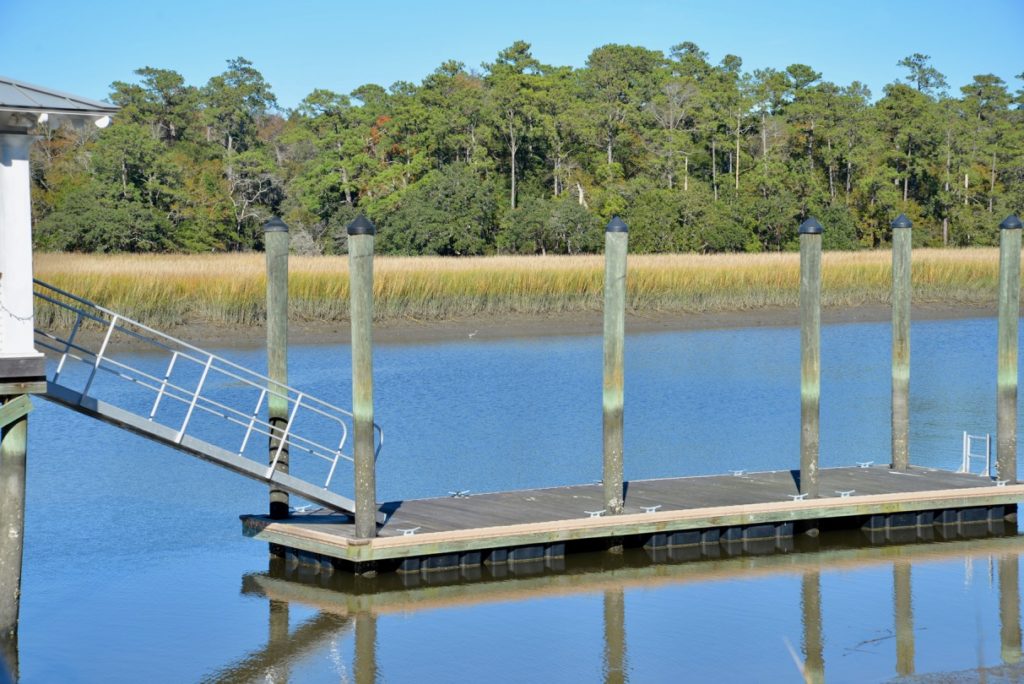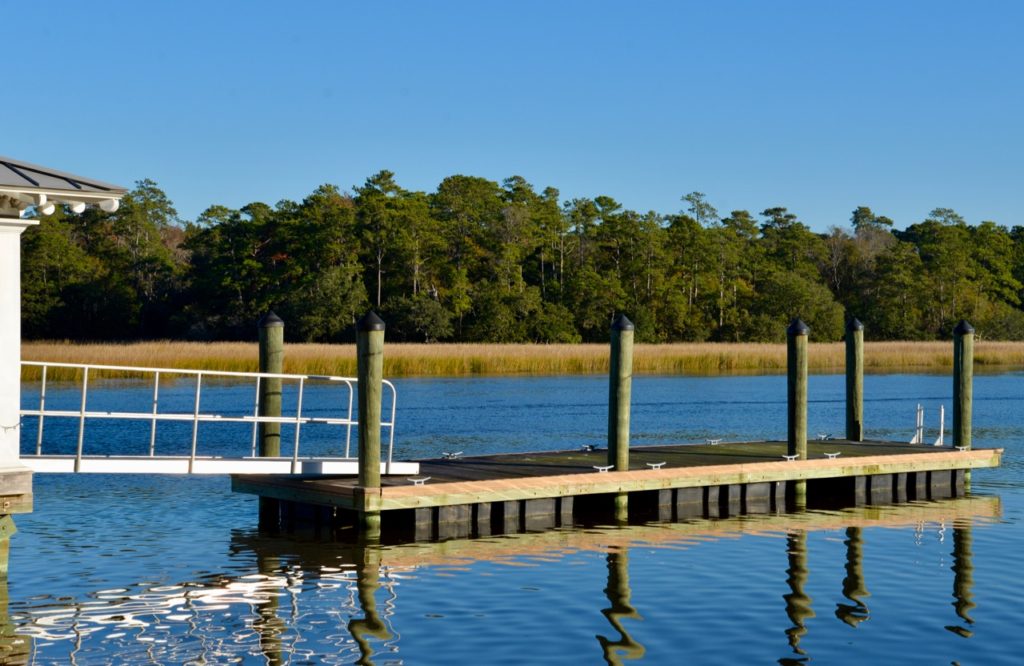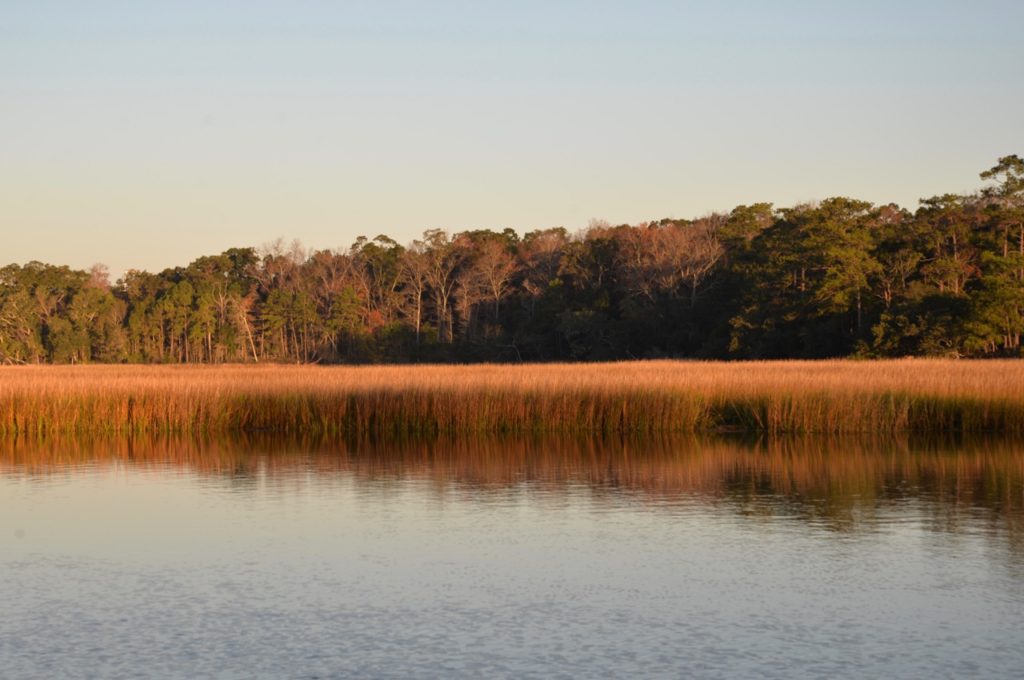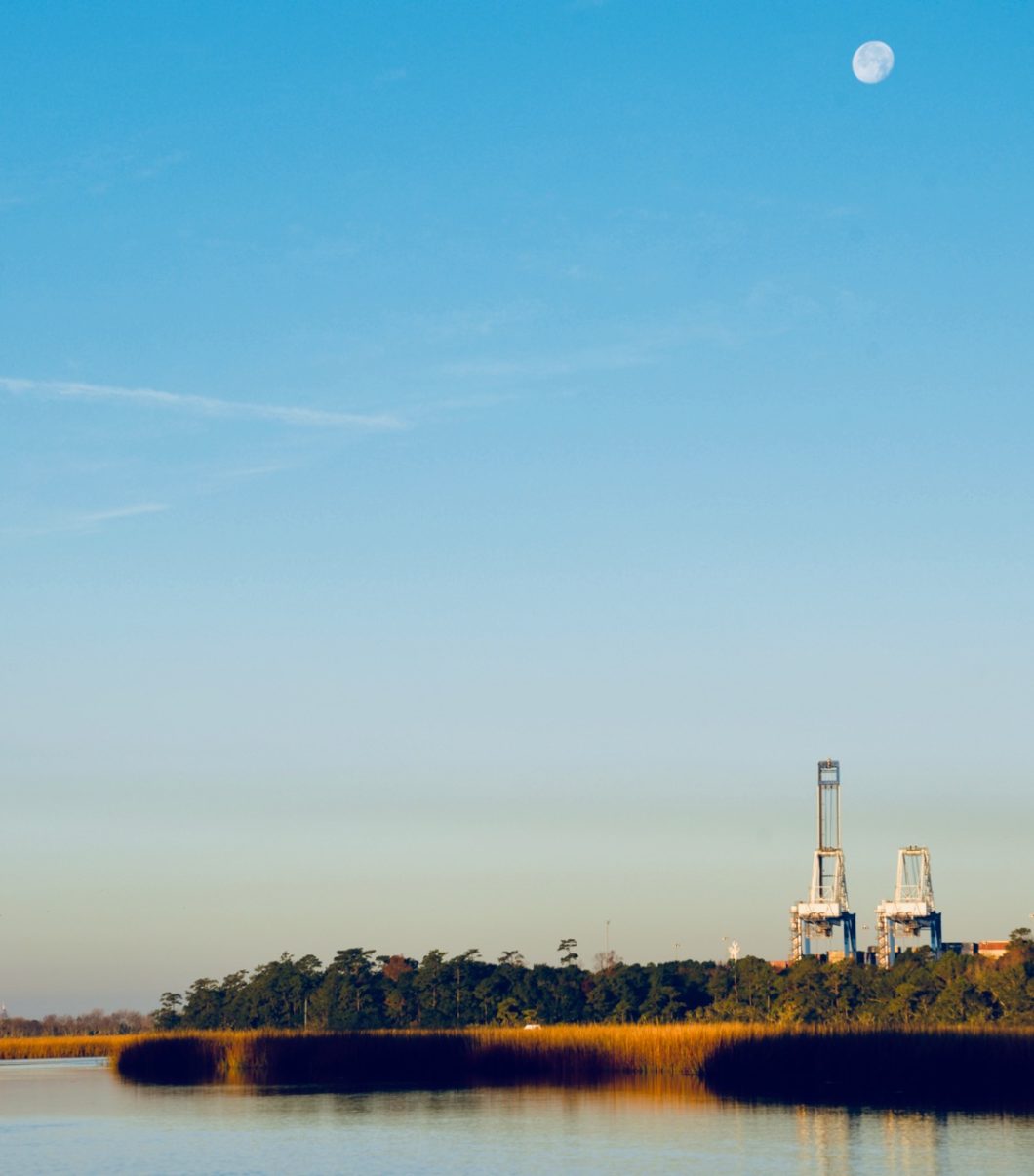It seems that there is an endless stream of things to worry about. There are financial decisions to make, stock market gyrations, illnesses, and pressures at work. However, on the other side of this chorus of worry are friends, family, articles and countless books telling us not to worry so much. We know worry can take its toll on us, but what are we to do?
We will benefit if we are able to figure out how to properly worry. We can begin a small shift by moving away from the term “worry,” and instead, say “be concerned.” Maybe the way to think about it is to ask: “What should be the focus of my concern today and what should not?”
Imagine there are two containers to put your worry into. One is huge, the size of a 55-gallon drum. In this container, let’s dump all the stuff we can’t do anything about. I’ve heard it said that 90% of the things we worry about we can’t actually affect. Therefore, we shouldn’t waste time on them. That leaves us 10% of things that we can actually help improve or resolve. It is totally appropriate, even vital, to give those things the attention—or concern—they deserve. These can fit in a small container about the size of a mason jar, and we can focus on them properly and with enthusiasm.
I’ve had to develop strategies for figuring out which things go in the 55-gallon drum and which things go in the glass mason jar. For my own survival, I’ve had to develop several different methods of dealing with worry, concern, and fear. One of those methods I call Don’t Worry About the Tide.
The tide moves in and out twice a day in coastal areas. Or more accurately, the water from the ocean moves in and out and we refer to it as the tide.
The movement of the water is a phenomenon of the gravitational pull of our moon as the earth spins. The constantly moving position of the moon relative to our location has a continuous influence on the water.
The timing and size of the tide depends on where you are on the globe and the position of the moon. Here in Charleston, where I live, the Longitude and Latitude is 32.7765° N, 79.9311° W. We have a tide of about four and a half feet. Meaning that the water level in our harbor and marshes goes up and down by that much. The further north of the equator you go the more dramatic the tidal difference is.
These photos are of the marsh near my house. Notice the difference between high and low tide, and how drastic the change in landscape can be.


When we visit my family in Daytona Beach, we like it best when low tide occurs in the middle of the day. That way we have more room for the kids to play and more room to spread out if the beach is crowded. At low tide the beach seems to stretch out into this magnificent playground. You see, the tide shifts each day by about an hour. So each day, each week there is a slightly different tidal schedule.
In what now seems oddly humorous, I used to worry about the tide when we spent time at the beach. We would arrive at the condo and the first thing I would do is walk down to the beach and check the tide. Once I determined if it was going to be a good low tide week, I’d feel happier and relieved. If it was going to be a bad high tide week, I’d feel a bit worse and somewhat frustrated.
Now how silly was that?
Those tides were set in motion long before I was ever here. They were set in motion long before any of us were here. And they will still be rising and receding long after we are gone. Even more, we know what the exact level of the tides will be at any given moment in the future. There is beautiful precision to the tides.
This observation dawned on me one day at the beach and I realized I was making a very basic worry mistake. I had my concern placed on something I had absolutely no control of. I had it totally backwards. Here is a thing that is completely reliable and consistent. The rising of that water is not something I should worry about; it is actually something I can rely on. Once I comprehended this reality, I could then enjoy the tide. I could count on it to be exactly in the position we know it will be in.
Imagine being able to set aside 90% of the stuff we worry about? We could then use that time to go for a walk in nature and smile a bit. We could use that time to improve our situation by focusing on the 10% of things we can impact.
I have found that dealing with worry and anxiety is an ongoing process. It sneaks up on us. We need a mental framework to help us properly address the worries that come our way.
When I see the tide coming and going now, I take stock of my present state of mind; I focus my awareness on my thoughts, not judging, but noticing the emotional content of my thoughts. Then, I remind myself to just enjoy the world around me, to let the thoughts flow in and out like the tide. It is actually quite nice to accept the fact that some things are bigger than me and out of my control. Letting go of those and making a simple list of things I can do is a great strategy for turning worry into a tool that refocuses us on building something good.
From stock market values to the global economy or the price of fuel, there are just some things that are bigger than us and no amount of worry will either change them or benefit us in the process.
What will benefit us is learning to let go and enjoy the day we are presented.
I do think it is perfectly fine to have the appropriate amount of concern over things within your control and responsibility. Things like saving some money along your way, protecting your family, doing a good job for the people you work with, and so forth are fine things to pay attention to and ensure you do well on. But worrying about what position the moon will be in at noon on your vacation next summer is really a foolish thing to try and fix. I know; I tried and it didn’t work!


